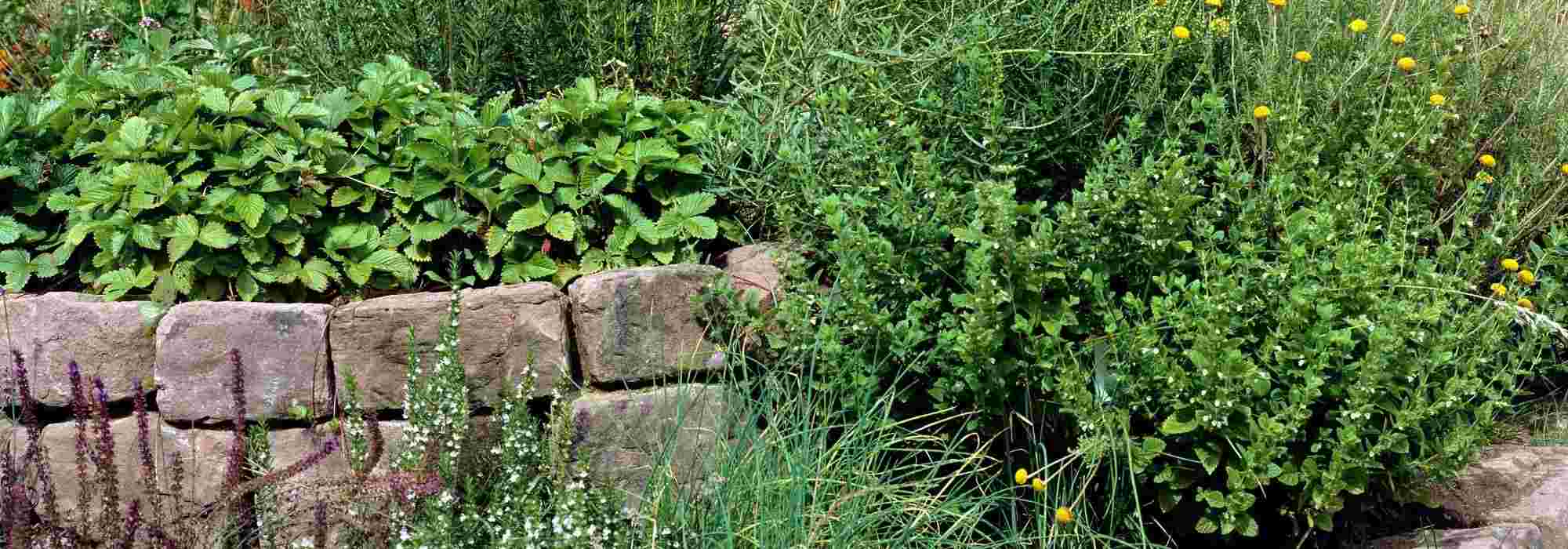
Create a spiralled herb garden.
A lovely way to grow culinary plants
Contents
Herb spirals are a feature popular in permaculture.
They offer several advantages and allow:
- to create a microclimate suitable for growing aromatic herbs,
- to grow, in the same place, plants with different needs,
- … all in a small space.
Thus, you can plant chives, sage, thyme, parsley, coriander, lavender, rosemary, basil…
Discover our tips to easily create your herb spiral!
Where should I site a herb spiral?
Ideally, your herb spiral should be placed not far from the kitchen, to make harvesting easier and in a sunny spot. Plants at the base of the spiral should face south, in full sun.
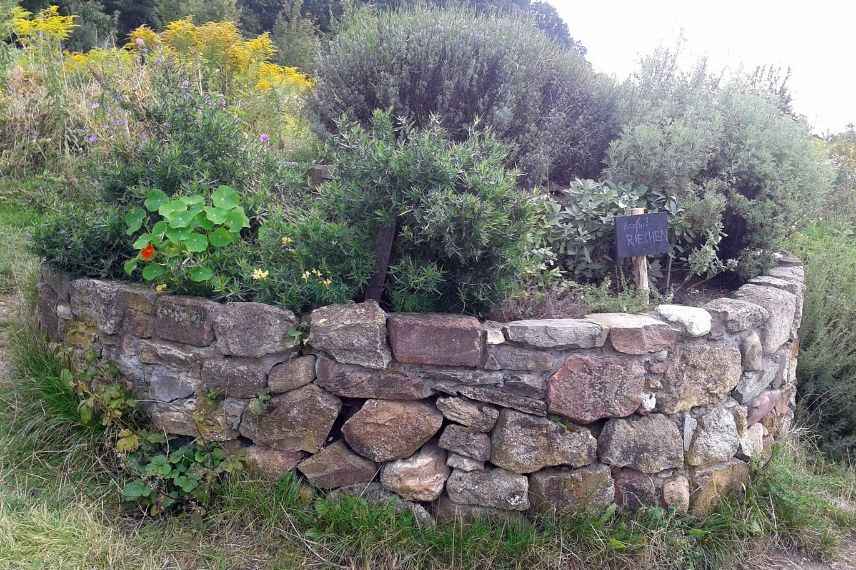
Materials required
To construct an herb spiral, you will need:
- stones to provide framework for the spiral,
- pebbles and smaller pieces of brick for drainage,
- coarse sand,
- soil,
- aromatic plants.
Discover other Herb seeds
View all →Available in 1 sizes
Available in 1 sizes
Available in 1 sizes
Available in 1 sizes
Available in 1 sizes
Available in 1 sizes
Available in 1 sizes
Available in 1 sizes
Available in 1 sizes
Available in 1 sizes
How to make a spiralled herb spiral?
Creating an herb spiral isn’t complicated! Here’s how to proceed :
- The spiral can measure 2 to 3.5 m in diameter, depending on available space. You can “draw” the outline using a trail of sand as a guide. Lay the first stones along the sand, starting from the centre of the spiral. The centre is the highest point; it should be between 80 cm and 1.2 m high, then the height gradually decreases towards the perimeter, level with the ground.
- In the centre of the spiral, place a draining layer about half the height using stones and broken bricks. On top of this, add a layer of a mixture of soil and coarse sand 20-30 cm thick. To finish, either continue with the previous sandy mix or add a layer of soil, ideally low in organic matter, then continue filling the outer circumference with soil while maintaining the slope.
- In the lower section, the area should be cool, rich and humus-bearing. If your soil is rather poor, add well-rotted compost or manure.
- At the base of the spiral you can bury a tub or basin, or dig a small pond lined with a pond liner. This creates a wet area much appreciated by garden wildlife. Place this wet area facing south!
→ My tip: preferably use dry stones that store heat and release it to plants. It is important that the stones are not cemented so wildlife can take refuge in them and plants can establish in the crevices. If necessary, you can bind them with clayey soil.
Finally, with a few additional adjustments, you can also create a space highly favourable to insects. To do this, leave gaps in places to insert hollow stems (bamboo, reed) or logs at least 20 cm long, drilled with holes 8-11 mm in diameter for mason bees (Osmia), or stems with pith of various sizes (elder, for example) for small wasps. Ensure these shelters are located to the south or south-east, sheltered from cold winds.
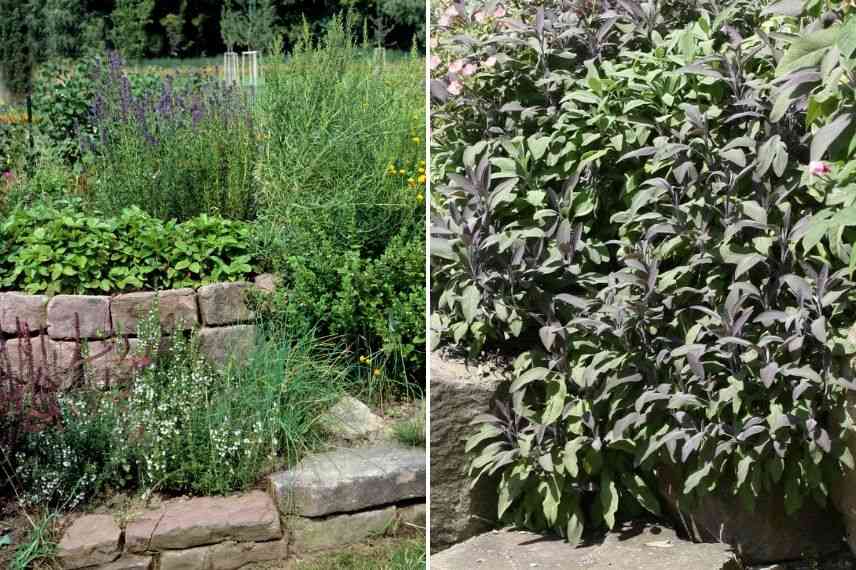
Which plants to plant there, and where to site them?
The bottom of the spiral is the wettest part; it suits plants that need some coolness and richer soil. The higher up the spiral, the drier and poorer conditions become, perfect for plants that dislike moisture.
Your spiral will divide into three different zones or biotopes:
- A Mediterranean zone (at top) where very sunny, dry conditions are perfect for rosemary, lavender, thyme, sage, hyssop, rue, savoury… Around plants’ bases, you can add gravel or leave as is.
- An intermediate zone for low-demand aromatic plants. Here you can plant borage, oregano, chives, salad burnet…
- A cool zone (at bottom) ideal for watercress, sorrel, basil, chervil… You can mulch this area (with flax, for example) to retain coolness and limit growth of adventive plants.
As you have taken care to orient your spiral correctly (with bottom of the spiral facing south), you will notice some zones receive better sun than others. Tall plants can also provide a little shade to those that need it.
→ My tip: beware of mint and lemon balm, which can become invasive! I don’t recommend planting them in a herb spiral, but if you really want to include them, plant them in buried pots. Also remember to remove faded flowers to prevent self-seeding. Otherwise give them a corner of the garden where they can spread freely while remaining available for herbal teas or culinary preparations.
You can grow whichever aromatic plants you wish. There aren’t really constraints; just understand the principle and respect plants’ needs. To help you, here is a planting plan for a herb spiral:
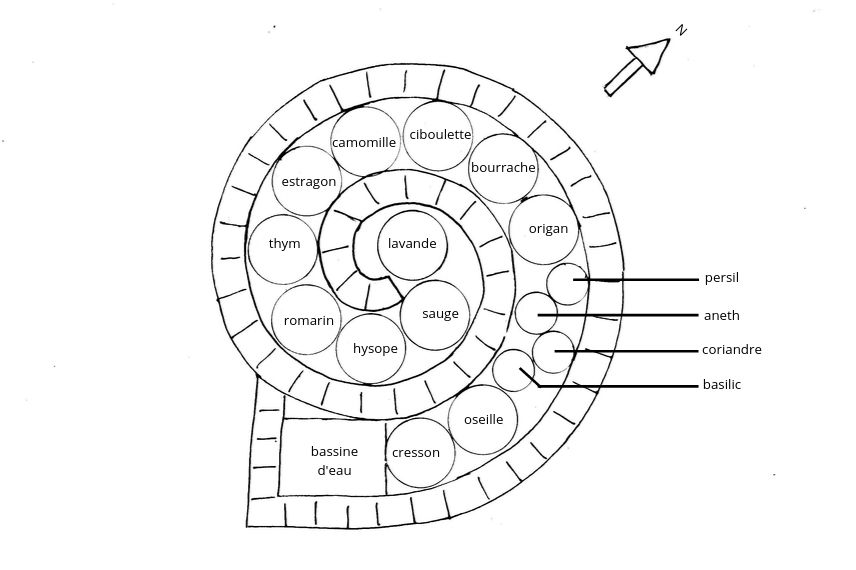
Example planting plan for a herb spiral
Some flowers such as nasturtiums, tagetes, calendulas… are of course welcome.
Discover Virginie’s article : 7 unusual aromatic plants to grow in the garden.
Care
Maintenance is simple and consists of regularly weeding your spiral.
Do not let adventive plants take hold as they can be difficult to remove once well rooted, dry stones may become dislodged.
- Subscribe!
- Contents
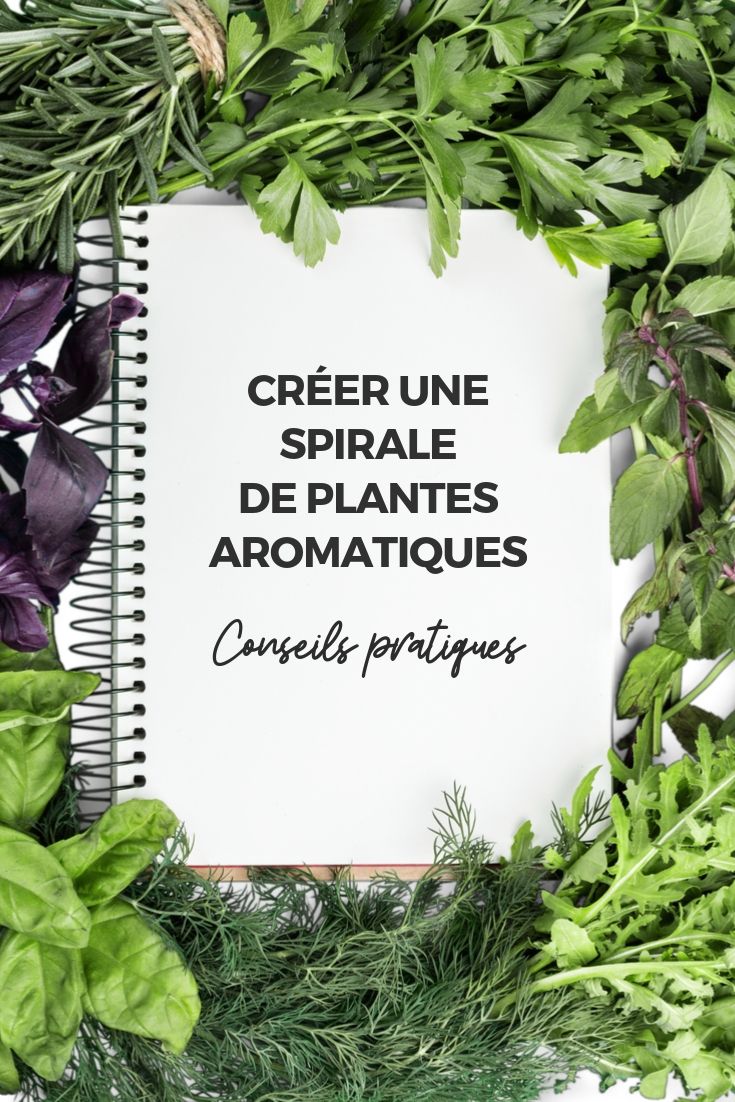































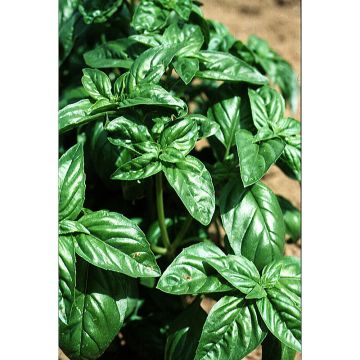

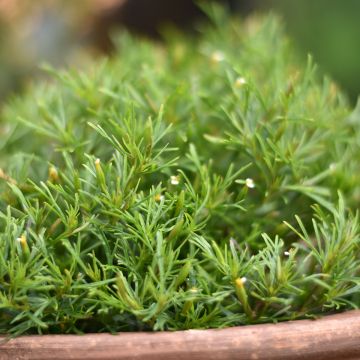
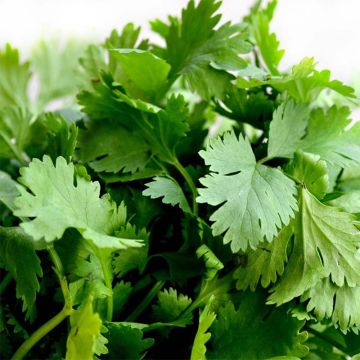
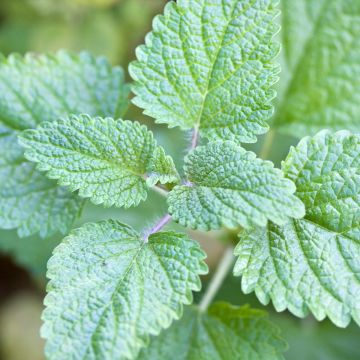
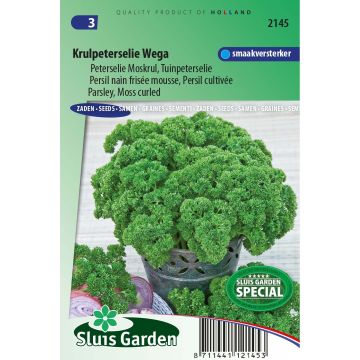
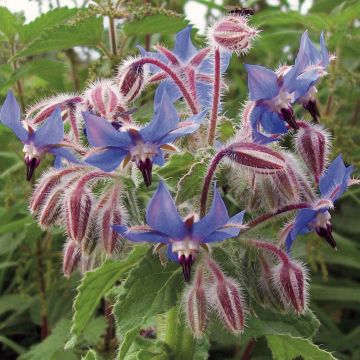
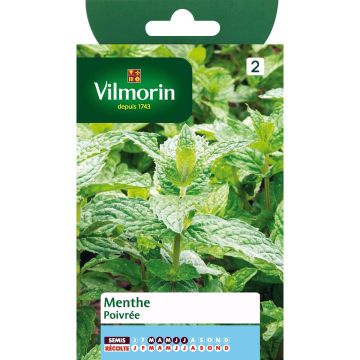
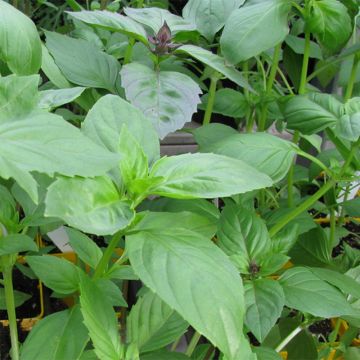
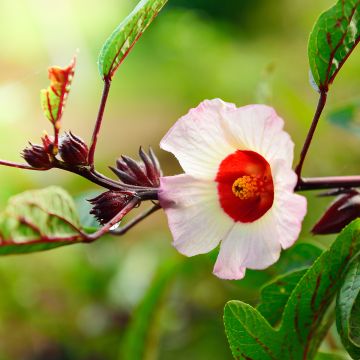
Comments